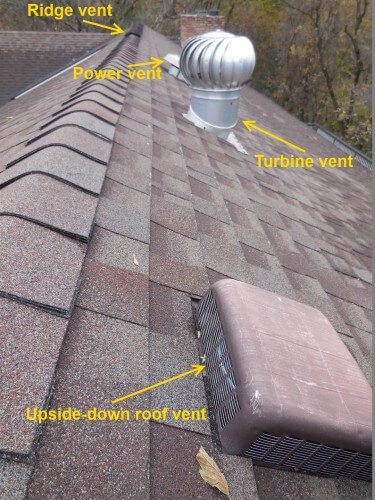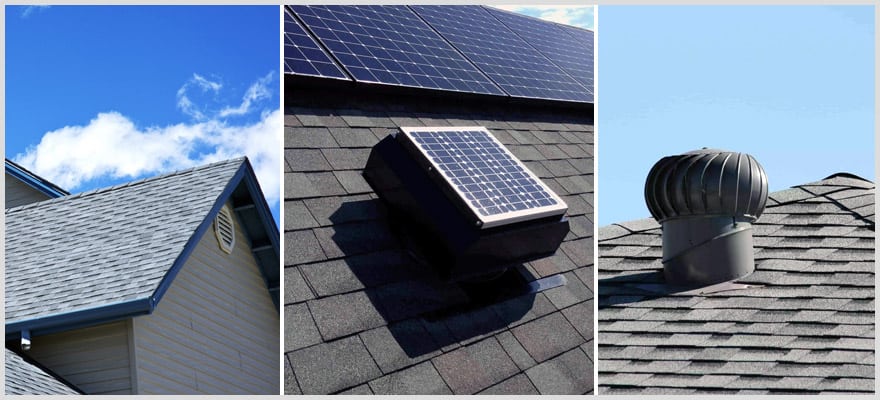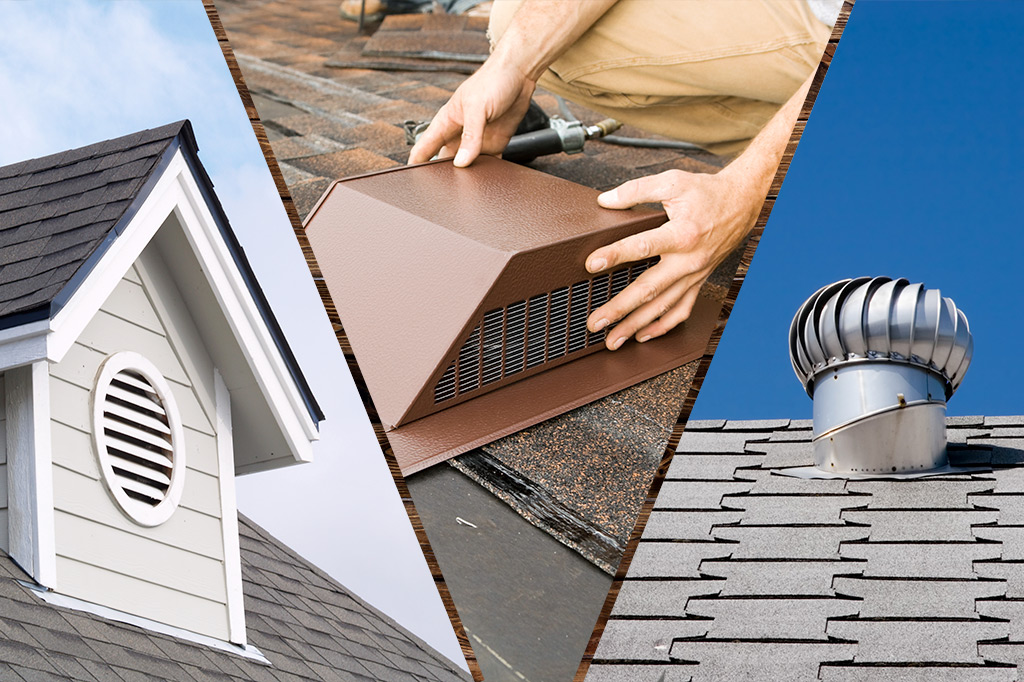Roof Vent Turtle Type

There are a couple of models of turtle and hood type vents designed to close and lock a damper to prevent blow in the hood type usually use a cam level type that locks down the sheet metal plate damper usually found in them the turtle vents i have seen with it i don t believe they are effective so have not seen a lot of them has a twist handle that spun a slotted dome piece in under the main dome which blocked off the inlet slots.
Roof vent turtle type. This type of vent is exactly what it. Turtle vents turtle vents also known as louvers are box like vents that are installed as close to the ridge as possible. This type of vent is extremely easy to install or add to an existing system. The best type of roof vents for your home are the ones that work best with your home s airflow and.
As air comes in through the soffit vents the warmest air will rise up to the ridge. They should be used in pairs with one on each side of the roof to facilitate air movement. Also called turtle vents they provide curved openings on roof slopes. If your roof s ventilation isn t up to par adding turtle vents could solve the problem.
They are spaced evenly across your roof and installed close to the roof s ridges. Ridge vents provides uniform ventilation and are installed along the ridges of a roof. Residential roof vents explained. Made of either plastic or metal static vents come in many colors.
The slightest wind turns the vent which in turn draws air from the attic. Common on many roofs the vent top spins on ball bearings. Other names for this type include low profile flat or turtle vent. Also known as flat vents low profile vents louvers and turtle vents these are installed over a hole in the roof so heat and moisture escapes.
It s amazing what proper ventilation will do. Watch me install roof vents. The box vent is also known as a static vent because it has no moving parts. Ridge box turtle types of roof vents.
Turtle vents are also called box vents or louvers. A series of roof vents evenly spaced along the roof will usually provide the most effective ventilation. It uses the process of natural convection so that hot air and moisture can escape into the surrounding air. There are no moving parts but static vents do a great job of cutting down power bills and they can help prevent roof deterioration.














































